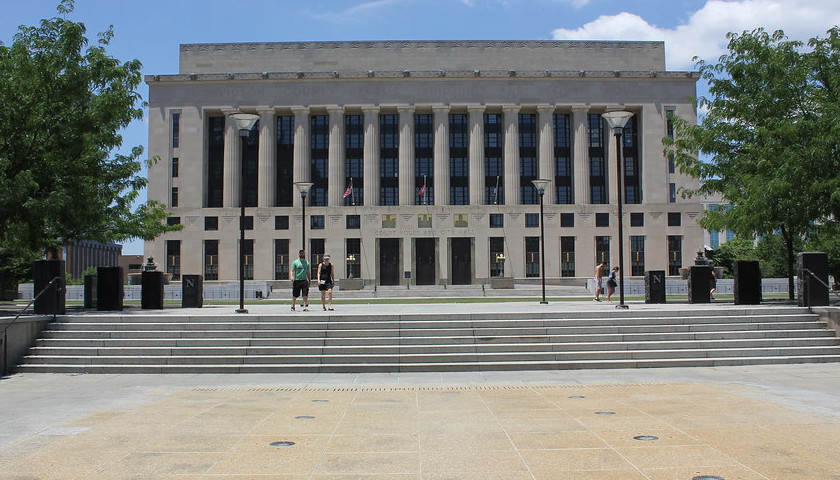Metropolitan Nashville’s (MetroNashville) Council, the legislature for the city of Nashville and Davidson County, is currently preparing to consider a second draft of its newly revised council-district map.
A number of Nashville Council’s 35 districts stand to change dramatically, particularly with districts losing land mass in the city’s northeast, as population growth there has not kept pace with the city’s southern area.
The council may choose to vote on the present council-district proposal on Thursday though it could postpone consideration to December if the council decides further changes are necessary. The legislative body is tasked with deciding its own district lines and those of the MetroNashville School Board.
Greg Claxton, planning manager for MetroNashville, said districts for neither council nor school board should deviate more than five percent above or below the average district size. Other priorities for redistricting include keeping neighborhoods together and complying with a provision in the 1965 Voting Rights Act that prohibits diluting the ability of minority communities to elect the representatives of their choice.
“No map can do all of these perfectly together,” Claxton said. “There are always lots of imperfect boundaries because something that works from one perspective makes for a funny line from another perspective.”
In terms of the population requirement, an examination of the 2020 Census indicated that all of the council districts north of the Cumberland River were too underpopulated while many of the districts in the city’s southeast and urban core were overpopulated.
The initial proposal to re-map some the districts to account for these imbalances was unveiled to the public on October 15. Public comments submitted since that time encouraged the Planning Department to reunify communities surrounding Brick Church Pike in District 3, represented by Jennifer Gamble, and expand the northern section of Tonya Hancock’s District 9 slightly westward in the current proposal.
The northern border of District 5, occupied by Sean Parker, has meanwhile been extended to Due West Ave. while its southern end has been brought down to include all of the Maxwell Heights and McFerrin Park neighborhoods. Brett Withers’s District 6 lost some of its northern territories to Emily Benedict’s District 7. Modest adjustments have also been made in MetroNashville’s southwest and southeast.
A number of changes are also being proposed for the nine MetroNashville Public School districts. Specifically, the southwest end of the mostly eastern District 4, represented by John Little, could extend into the city’s urban center. District 6, represented by Fran Bush, could expand eastward beyond the J. Percy Priest Reservoir and further south of Route 24. Freda Player-Peters’s District 7 would meanwhile lose much its eastern land mass around the reservoir.
Similar redistricting deliberations are in the works elsewhere in the Volunteer State, including in Memphis, which has a council of seven regular districts and two “super districts,” the latter of which are represented by six councilpersons in total and are overlaid upon the seven regular districts.
In Memphis, District 1 in the north, represented by Rhonda Logan; District 3 in central Memphis, represented by Patrice J. Robinson; and District 5 in the southeast, represented by Worth Morgan; all stand to lose land mass as they have grown in population.
Looking eastward, Chattanooga City Council does not currently plan to add any new districts to the municipal governing body, in contrast to Hamilton County of which it is a part. Two new districts could show up on the county level, bringing the number of seats on the commission to 11. Because Chattanooga is not undergoing any municipal elections for another three years, it has until 2024 to finalize any redistricting maps it wishes to enact.
To the northeast, Knoxville has also opted not to change the districts adopted a decade ago because population shifts within have remained fairly minimal. Knox’s county commission, however, will undergo some readjustment presently being reviewed by Tennessee Comptroller Jason Mumpower (R).
– – –
Bradley Vasoli is a reporter at The Tennessee Star and The Star News Network. Follow Brad on Twitter at @BVasoli. Email tips to [email protected].
Photo “Nashville City Hall” by Nicolas Henderson. CC BY 2.0.






How about eliminating 20 of these districts to get to a manageable level council members? In doing so the there would be less ability for liberals to hide behind one another.